Are you in the throes of a battle with Virginia Buttonweed, and not sure how to win? You’re not alone – this pesky weed can sneak up on garden beds, lawns, farms and other areas that are favorable for its growth. Fortunately, there are steps you can take to help bring an end to the invasion! In this blog post, we will give you practical advice for safely eradicating Virginia Buttonweed from your yard or farm. From using herbicides responsibly to investing in preventive measures such as mulching and mowing regularly, learn all about the simple strategies that will keep your property looking beautiful without increasing risks of harm.
Table of Contents
What Is Virginia Buttonweed?
Virginia Buttonweed (Diodia virginiana) is a resilient, low-growing weed that has been flourishing in the eastern United States for centuries. It has small, sparsely branched stems that reach up to 12 inches tall and bears white flowers with five petals each. The plant reproduces through seeds and its creeping rootstock, which allows it to spread quickly in lawns and gardens. Virginia buttonweed can tolerate a wide range of soil types and moisture levels, but prefers full sun or partial shade exposure.
Virginia buttonweed is often mistaken for other similar-looking weeds such as dollarweed (Hydrocotyle spp.) and spurge (Euphorbia spp.), but can be distinguished from them by its opposite leaves, which each have 3-5 leaflets. [1]
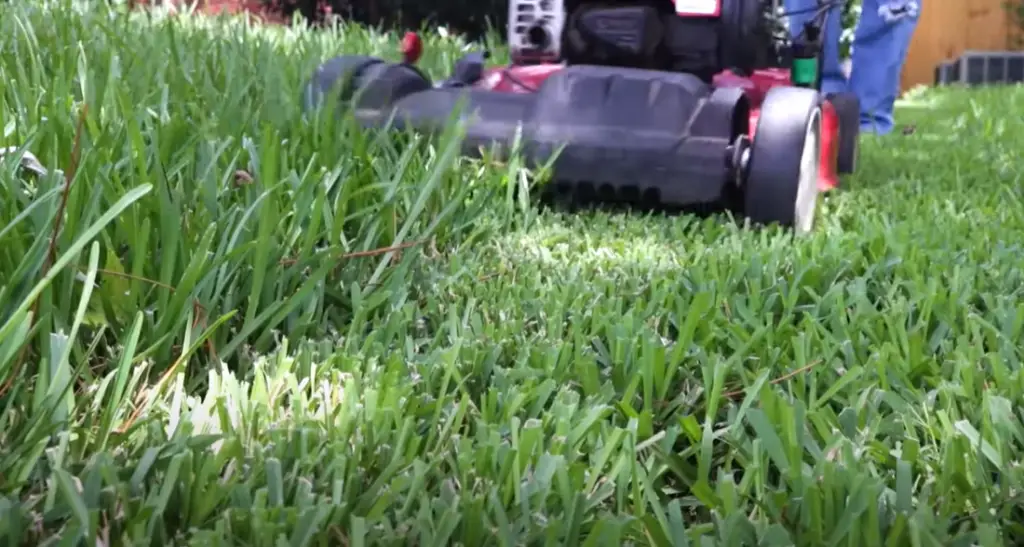
How Can You Identify Virginia Buttonweed?
Virginia buttonweed can be identified by its small round leaves, which are usually green or yellow-green in color. Its stems are typically thin and wiry, and the plant will produce white flowers during the summer months. It is most commonly found growing in lawns and gardens, as well as along roadsides, fields and other areas with disturbed soil. If you think that you may have Virginia buttonweed on your property, it is important to take steps to get rid of it before it spreads further.
What Kills Virginia Buttonweed?
Virginia buttonweed is a hardy weed species that can be difficult to control. Fortunately, there are several effective options for killing Virginia buttonweed.
Chemical herbicides, such as glyphosate and triclopyr, are often used to kill Virginia buttonweed. These products come in liquid or granular forms and can be applied directly on the plant or along its perimeter. For best results, it is important to follow the product instructions precisely when using any chemical-based herbicide.
Finally, manual removal of Virginia Buttonweed can also be effective, especially if done on a regular basis.
When dealing with Virginia Buttonweed, it is important to remember that it is persistent and will require multiple applications for complete extermination. As such, it is important to choose the method that best suits your needs and follow through with consistent treatment until the weed is successfully eliminated. Being proactive and regularly checking for new growths can help prevent future infestations as well. [2]
How to Get Rid of Virginia Buttonweed:
Hand Removal
Hand removal is the most effective way to remove Virginia Buttonweed. To do so, you will need a trowel or spade and some protective clothing such as long pants and gloves. Start by digging around the base of the weed to expose its roots, then carefully pull up each plant by hand. Be sure to get as much of the root system out as possible; otherwise, it will just regrow in the same spot.
Chemical Control
If you have a large area that needs to be treated for Virginia Buttonweed, chemical treatment may be necessary. There are several products available at your local garden center or online that can help you kill this tough weed. Always read and follow label instructions when using any type of chemical control. For best results, apply the product to actively growing plants in late spring before they have a chance to set seed.
Mulching
Using an organic mulch around your garden can help prevent Virginia Buttonweed from taking hold. The mulch blocks sunlight and helps keep the soil moist and cool, reducing the chances that this weed will be able to thrive. Be sure to use an all-natural mulch such as wood chips or shredded leaves for best results. [3]
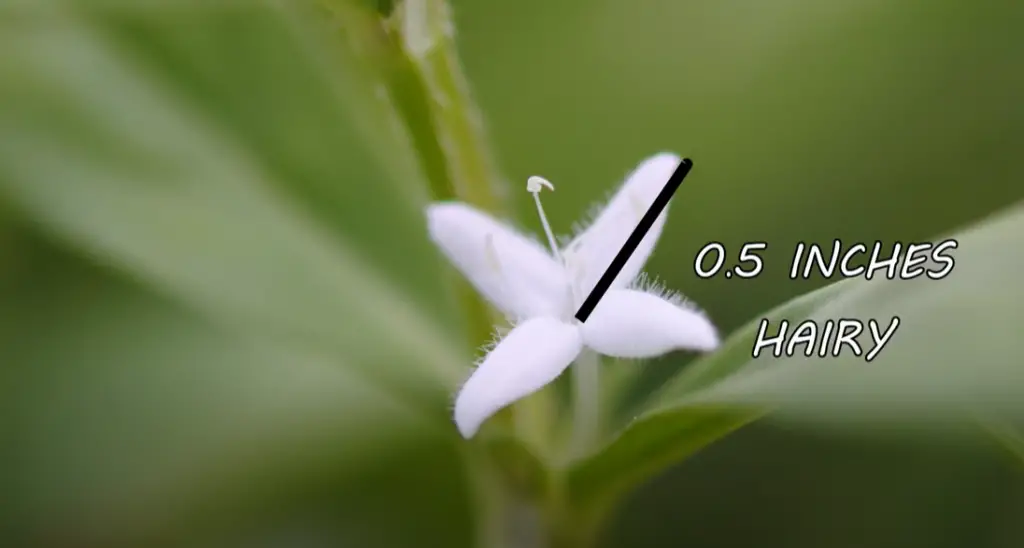
Cultivation
Tilling your soil regularly can also help discourage this weed from taking over your garden beds. Make sure to till at least 3-4 inches deep so that you are disturbing any roots it may have established in the soil. This will also help to aerate the soil and keep it healthy.
Organic Herbicides
Using an organic herbicide such as vinegar or boiling water can also be effective in controlling Virginia Buttonweed. Take care when using these products, as they have been known to cause some damage to nearby desirable plants if not applied correctly. Test a small area first before applying over a large area. If possible, try to spot-treat rather than broadcast spraying.
Following these tips should help you effectively manage Virginia Buttonweed in your garden and reduce its spread! Be sure to have patience, as this weed is difficult to completely eradicate. Regular monitoring and maintenance will be key for keeping this invasive species under control. [4]
Tips On Killing Virginia Buttonweed
- Pull up the weeds, roots and all. This method works best on small infestations of Virginia buttonweed. Dig out as much of the root system as possible to ensure that the weed does not come back.
- Spray a systemic herbicide directly onto individual plants or lightly over an area where small patches of this weed are present. Systemic herbicides are absorbed by the plant, killing it from within; therefore, be sure to only use these herbicides before it rains or when rainfall is not anticipated for at least 24 hours after application.
- Spot-spray large areas with a nonselective post-emergent herbicide such as glyphosate to kill any remaining Virginia buttonweed plants as well as any other weeds present.
- Use a pre-emergent herbicide on ornamental areas in late winter to keep Virginia buttonweed from germinating in the spring. A pre-emergent herbicide is applied before weed seeds begin to sprout, providing season-long control of annual and perennial weeds.
- Discourage the regrowth of Virginia buttonweed by maintaining a thick healthy turf grass or ground cover that crowds out this aggressive weed. Keep the soil moist and fertilize it lightly every few months with an all-purpose fertilizer. Regular mowing at a height between 2 1/2 and 3 1/2 inches will also help prevent weedy invasions by removing flowering heads before dispersal occurs.
- Place a thick layer of mulch over beds to reduce Virginia buttonweed regrowth. A 4-to-6 inch layer of wood or bark chips will keep light from reaching the soil and prevent weeds from germinating.
- Manually remove any emerging Virginia buttonweed before it begins to spread. Be vigilant in checking for new infestations, particularly along paths, driveways and other areas where this weed often takes hold.
- Utilize natural predators like ladybugs as an effective way of controlling small patches of Virginia Buttonweed without resorting to toxic chemical treatments.. Ladybugs feed on the larvae of many types of pests, so introducing them into your garden can help keep these unwanted weeds at bay.
- Cover infested areas with a black plastic barrier for several weeks during the year when Virginia buttonweed is actively growing. This will kill existing plants and prevent new ones from sprouting up. Make sure to remove the plastic afterwards, as it can cause additional environmental damage if left in place too long.
These tips should help you keep Virginia buttonweed under control and protect your garden or lawn from its invasive growth. With patience and consistent effort, this weed can be easily managed without resorting to more toxic chemical methods of control. So don’t let Virginia Buttonweed take over your landscape—get rid of it today! [5]
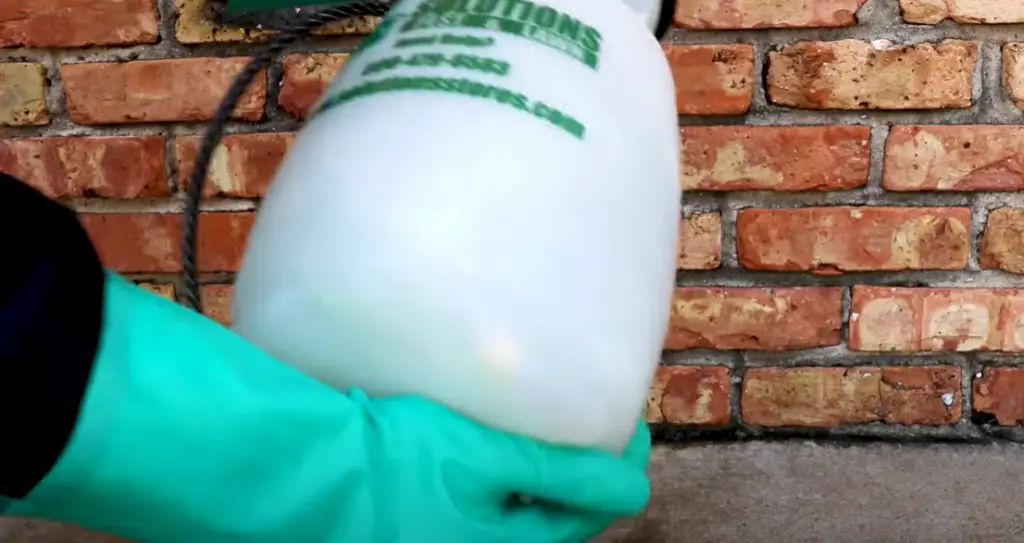
Can You Prevent The Growth Of Virginia Buttonweed?
Prevention is the best way to keep Virginia Buttonweed from taking over your lawn. Mowing regularly and at a height of 2 to 3 inches will help keep it under control, as well as regular fertilization, dethatching and aerating. When mowing, be sure not to bag the clippings; instead, allow them to lay on the lawn so that nutrients are returned back into the soil.
Finally, consider overseeding your entire lawn with grass seed to promote healthy, dense growth. This will help crowd out Virginia Buttonweed and reduce the chance of it taking hold in your lawn again. With regular care and maintenance, you can have a weed-free yard that is attractive and inviting!
Is Virginia Buttonweed Difficult to Control?
When it comes to Virginia Buttonweed, the answer is yes. This hardy weed is not easily controlled by traditional methods like manual removal or herbicides. It can quickly spread and form large patches if left unchecked, making it difficult to eradicate once established in an area. Fortunately, there are other methods of control that can be employed to keep Virginia Buttonweed under control.
One option for controlling Virginia Buttonweed is to use cultural practices such as mowing, tilling, and mulching to create dense turf that will crowd out the weeds and limit growth. Hand pulling is also effective when done on a regular basis, though this can be time consuming and labor intensive. If you have larger areas of infestation chemical herbicides may be necessary to control the weed.
Generally, pre-emergent herbicides are more effective than post-emergent for controlling Virginia Buttonweed, though both can be used depending on the situation.
No one method of control is foolproof, and it’s important to use a combination of methods to ensure Virginia Buttonweed is kept in check. This includes proper lawn maintenance such as mowing at the right height and fertilizing regularly.
Additionally, it is important to monitor your lawn or garden regularly and identify any new areas of infestation that may occur so they can be addressed quickly before they become established. With diligent monitoring and a combination of cultural practices and chemical controls, you should be able to keep Virginia Buttonweed under control and prevent further infestations.
If you are having difficulty controlling Virginia Buttonweed, it may be best to consult a local lawn care professional or extension agent for advice and assistance with managing the weed. With their expert knowledge and experience they can help you create an effective plan of action that is tailored to your specific situation.
Controlling Virginia Buttonweed can be a difficult task but with proper management it doesn’t have to be overwhelming. Take the time to learn about this weed and develop an effective control strategy so you can keep it from taking over your lawn or garden! [6]
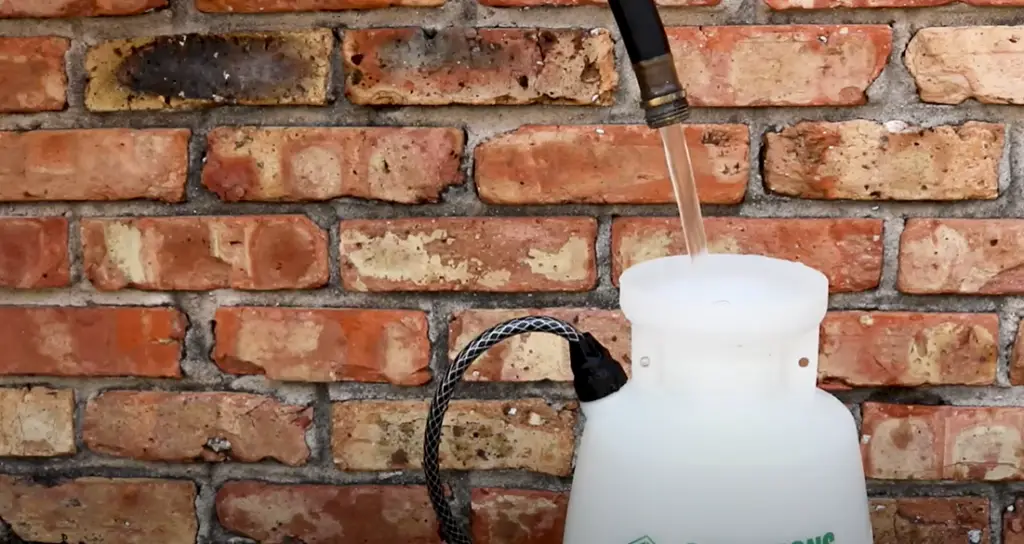
FAQ
Is Virginia buttonweed hard to kill?
Yes, Virginia buttonweed is difficult to kill because of its rapid growth and deep root system. It can also re-sprout from small pieces of root left in the soil after an initial attempt to remove it. The best way to kill Virginia buttonweed is with a combination of chemical and non-chemical control methods.
What kind of chemical control methods should I use?
Herbicides are very effective at controlling Virginia buttonweed. Preemergence herbicides are used before the weed has germinated, while postemergence herbicides are applied when the weed is mature or actively growing. Read the label carefully and follow all instructions for safe application and disposal.
Are there any non-chemical control methods?
Yes, there are several non-chemical control methods that can be used to reduce the spread of Virginia buttonweed. Regularly mowing or tilling the soil can help keep weed growth under control. Hand-pulling is also effective, though care should be taken to ensure all pieces of root are removed as it can easily resprout from small pieces left in the soil. Additionally, mulching and smothering with plastic sheeting can help deprive weeds of sunlight and moisture needed for growth.
How long will it take to kill Virginia buttonweed?
The effectiveness of any treatment depends on several factors such as environmental conditions, weed species present, and the proper application and timing of treatments. Generally speaking, chemical controls will take several weeks or even months for the weeds to die off completely. Non-chemical control methods may require more frequent applications and monitoring over a longer period of time, but can be very effective at controlling Virginia buttonweed in the long run.
Are there any special precautions I should take?
Yes, when using chemical herbicides it is important to read the label carefully and follow all safety instructions. Protective clothing, eyewear and gloves should also be worn while applying any herbicide treatments. In addition, non-target plants should be protected from accidental drift by covering with plastic sheeting or tarps during treatment. Finally, only use herbicides that are approved for use in your area and avoid treating areas where rain runoff could occur into water sources.
Can I use Virginia buttonweed as mulch?
No, it is not recommended to use Virginia buttonweed as mulch as it can spread through the mulched material and contaminate other areas. Instead, look for organic materials such as straw, hay or composted leaves that can help control weeds without introducing potentially invasive species. Additionally, plastic sheeting or tarps are effective at smothering weeds and preventing new ones from germinating.
Does baking soda kill Virginia buttonweed?
No, baking soda does not have any effect on Virginia buttonweed as it is a post-emergent herbicide. Baking soda cannot be absorbed by the weed’s roots and therefore will not kill the plant. For best results, use a combination of chemical and non-chemical weed control methods. For more information on how to kill Virginia buttonweed, contact your local Cooperative Extension office or visit their website for detailed control recommendations based on your particular area.
Does Roundup kill buttonweed?
Yes, Roundup (glyphosate) is a non-selective post-emergent herbicide that can be used to kill Virginia buttonweed. It should be applied directly to the foliage of the weed while it is actively growing and should not come into contact with non-target plants. Always read the label carefully and follow all safety instructions. Additionally, consider using other forms of control such as mulching, tilling or hand-pulling for best results.
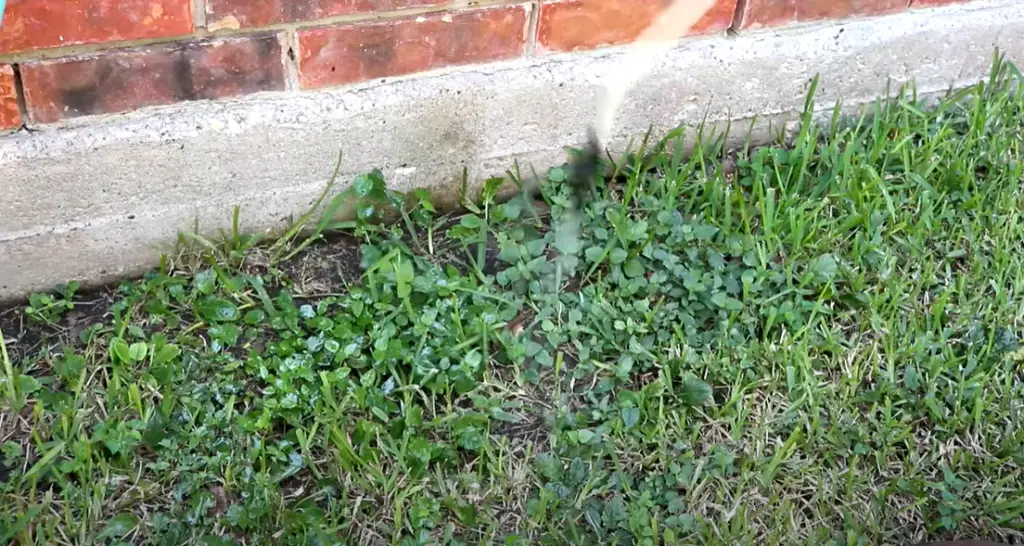
How tall does Virginia buttonweed get?
Virginia buttonweed, also known as button burweed or dwarf dumbcane, is an annual weed that grows to about 6-18 inches in height. It has a long taproot and can spread rapidly under favorable conditions. The leaves are dark green, oval shaped and have radiate veins along the surface. The flowers are small and yellowish white with five petals. The seeds are contained in burrs that stick to fabric or animals when they brush against them.
Useful Video: How to Get Rid of Virginia Buttonweed (4 Easy Steps)
Conclusion
Virginia Buttonweed can be a tricky weed to get rid of, but there are several different ways to manage it in your lawn. Mechanical removal (such as pulling out the weeds) is effective, but can be time consuming. Chemical herbicides (applied according to label instructions) can help kill and prevent further growth of buttonweed in your lawn. Finally, cultural practices such as mowing high and improving drainage can help reduce the spread of Virginia Buttonweed in your yard.
References:
- https://hgic.clemson.edu/factsheet/virginia-buttonweed/
- https://www.solutionsstores.com/virginia-buttonweed-control
- https://www.domyown.com/how-to-get-rid-of-virginia-buttonweed-a-812.html
- https://www.lsuagcenter.com/topics/lawn_garden/home_gardening/lawn/control-of-virginia-buttonweed
- https://www.nola.com/entertainment_life/home_garden/how-to-get-rid-of-virginia-buttonweed-once-and-for-all/article_0bfbb211-c628-5435-a668-708c4c7a6ff2.html
- https://www.yourconroenews.com/neighborhood/moco/events/article/Michael-Potter-How-to-reduce-Virginia-Buttonweed-17398153.php

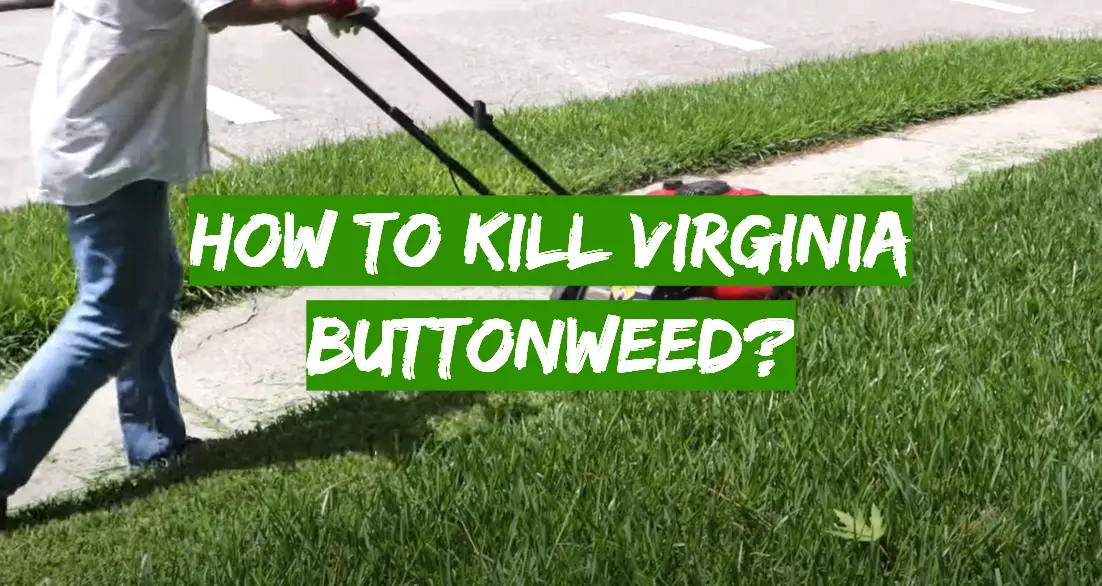


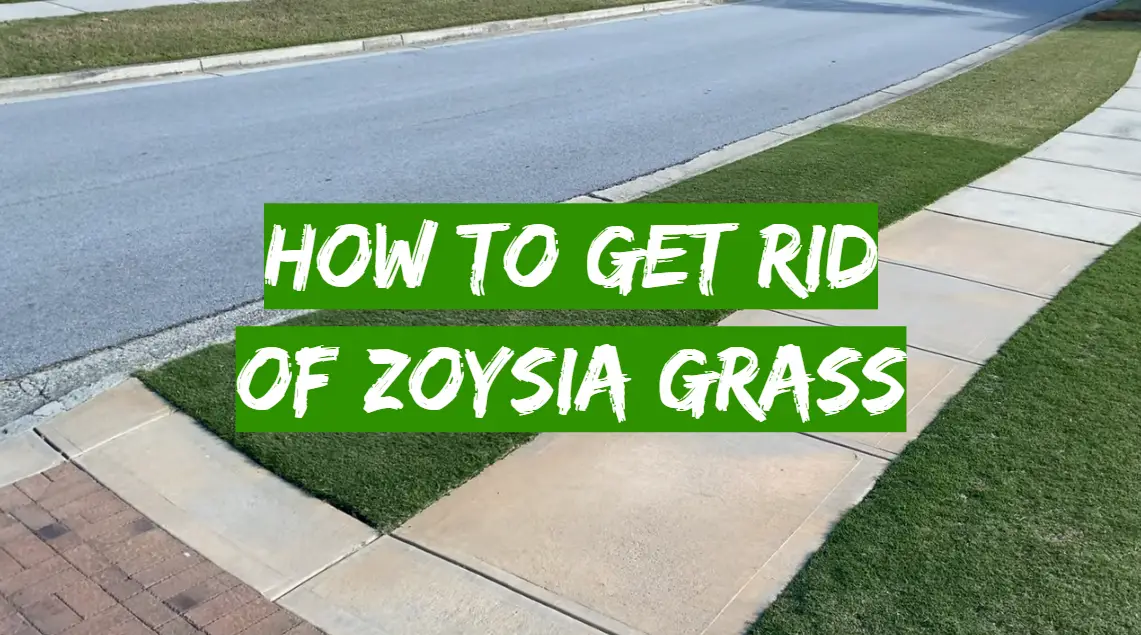
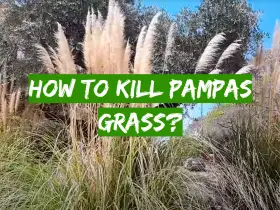

Leave a Reply
View Comments